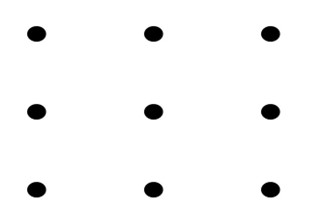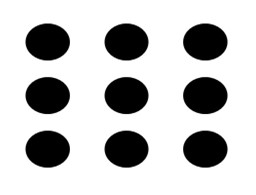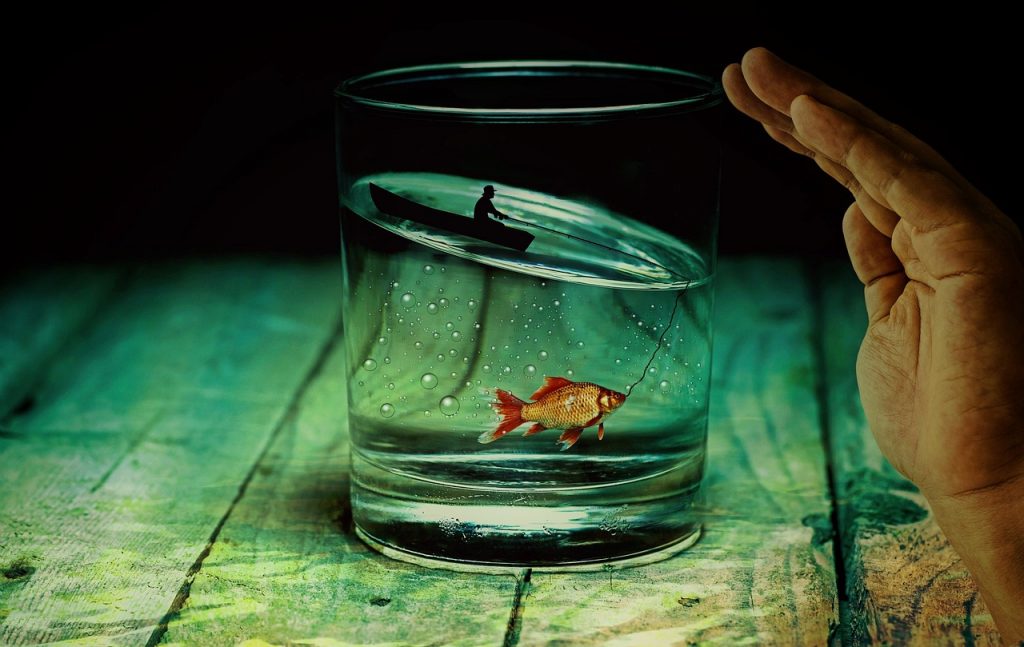 Drum roll please…
Drum roll please…
At the beginning of each month, we will profile the ten articles from the previous month that generated the most traffic to Human-Centered Change & Innovation. Did your favorite make the cut?
But enough delay, here are November’s ten most popular innovation posts:
- A Quantum Computing Primer — by Greg Satell
- Disagreements Can Be a Good Thing — by Mike Shipulski
- What’s Your Mindset — by Dennis Stauffer
- We Are Killing Innovation in America — by Greg Satell
- Two Kinds of Possible — by Dennis Stauffer
- Eddie Van Halen, Simultaneous Innovation and the AI Regulation Conundrum — by Pete Foley
- Five Secrets to Being a Great Team Player — by David Burkus
- Be Clear on What You Want — by Mike Shipulski
- Overcoming Your Assumptions — by Dennis Stauffer
- Four Things All Leaders Must Know About Digital Transformation — by Greg Satell
BONUS – Here are five more strong articles published in October that continue to resonate with people:
- Innovativeness = Effectiveness — by Dennis Stauffer
- LEGO Knows Why Companies Don’t Innovate — by Robyn Bolton
- Sometimes You Should Collaborate Instead of Compete — by Greg Satell
- Mastering Your Innovation Mindset — by Dennis Stauffer
- Thinking Like a Futurist — by Ayelet Baron
If you’re not familiar with Human-Centered Change & Innovation, we publish 4-7 new articles every week built around innovation and transformation insights from our roster of contributing authors and ad hoc submissions from community members. Get the articles right in your Facebook, Twitter or Linkedin feeds too!
Have something to contribute?
Human-Centered Change & Innovation is open to contributions from any and all innovation and transformation professionals out there (practitioners, professors, researchers, consultants, authors, etc.) who have valuable human-centered change and innovation insights to share with everyone for the greater good. If you’d like to contribute, please contact me.
P.S. Here are our Top 40 Innovation Bloggers lists from the last three years:
- Top 40 Innovation Bloggers of 2020
- Top 40 Innovation Bloggers of 2021
- Top 40 Innovation Bloggers of 2022
![]() Sign up here to get Human-Centered Change & Innovation Weekly delivered to your inbox every week.
Sign up here to get Human-Centered Change & Innovation Weekly delivered to your inbox every week.



